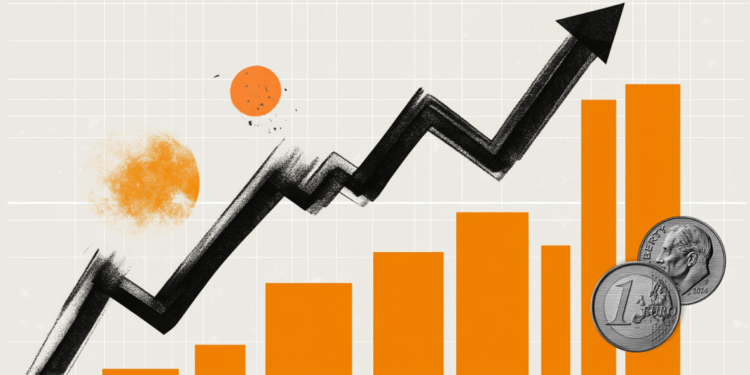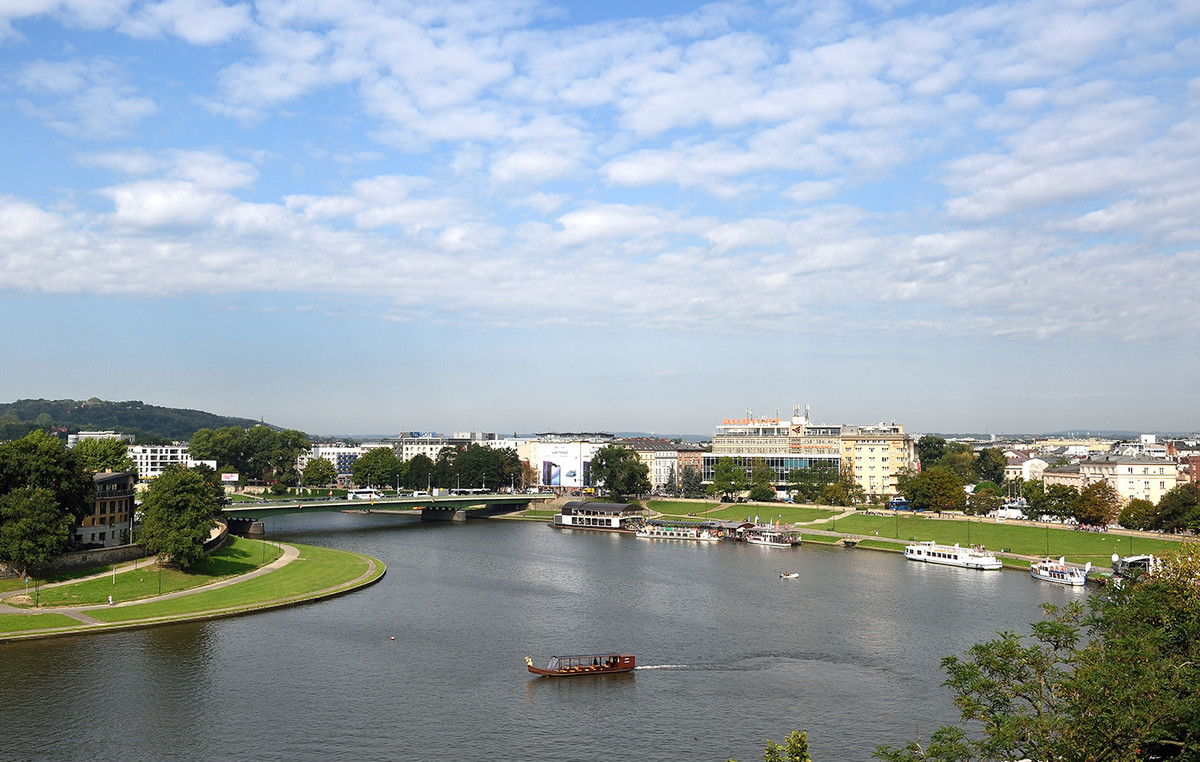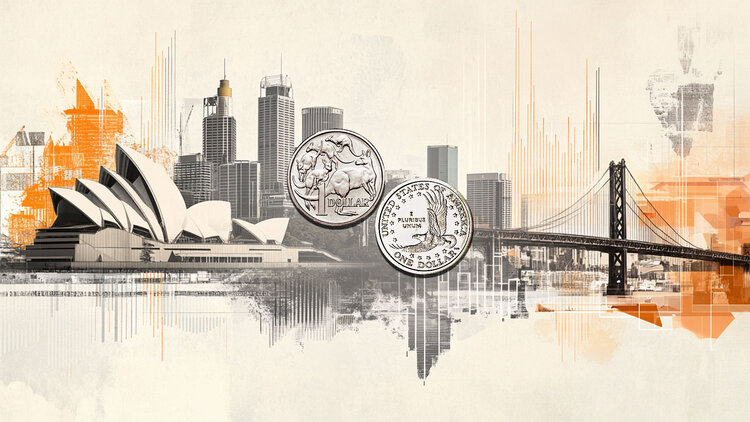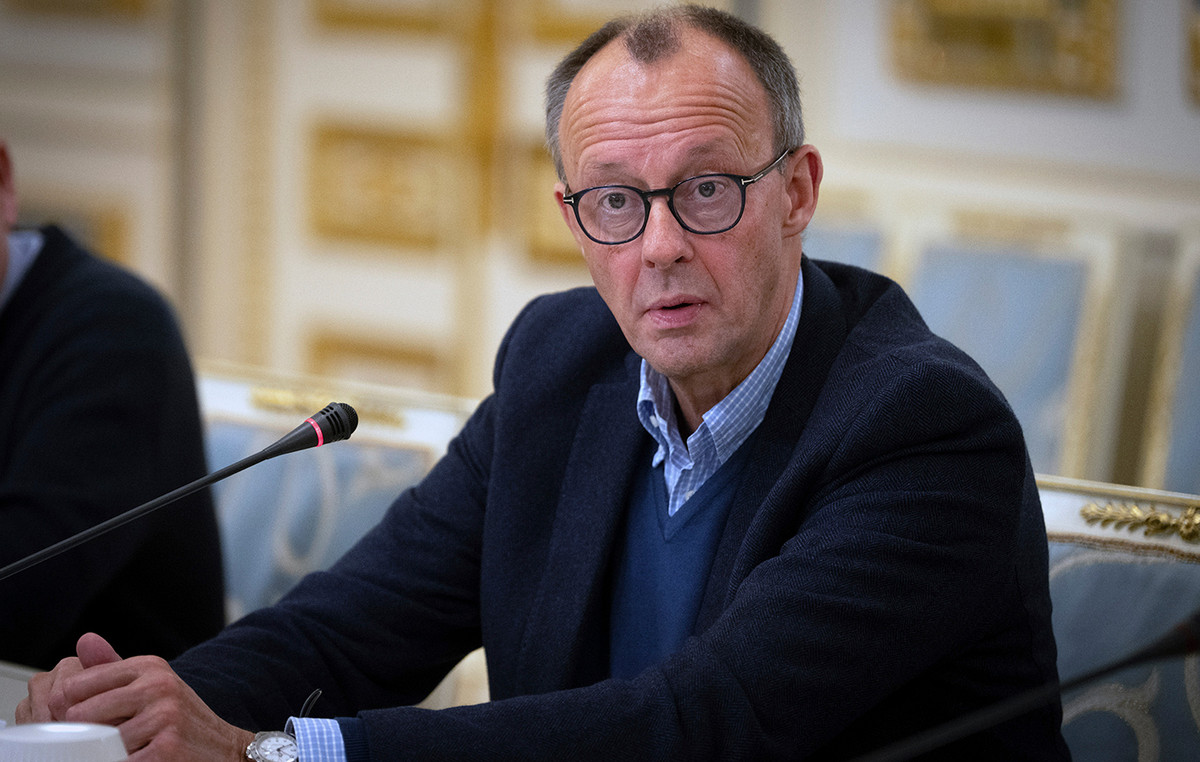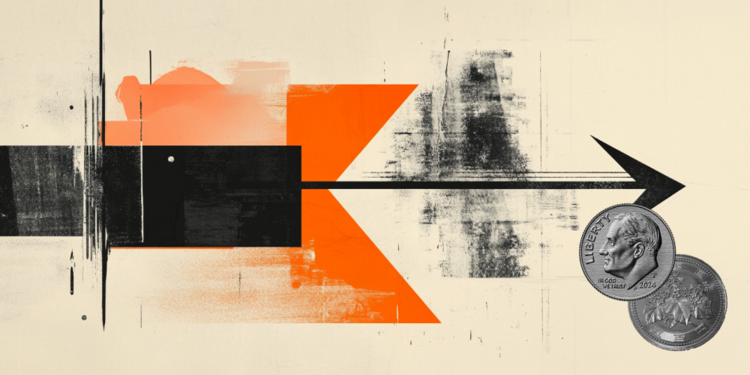When talking about practicing some physical activity, we usually think first of strength training (in general, weight training) or aerobic training (such as running or swimming). The tendency is for people to choose the sport they like most or the one that seems most effective in achieving a goal. But, in reality, there are other types of exercises that are very important: balance and stretching, for example. All of them should be part of the routine aimed at healthy longevity.
“We have seen increasingly robust studies showing the importance of being physically active and having a good level of physical fitness for healthy aging. This is directly related to the reduction of cardiovascular and metabolic problems (such as diabetes and dyslipidemia – fat in the blood), in addition to reducing the risk of developing different types of cancer”, says physical educator Everton Crivoi, doctor in sports science and responsible for physical preparation at the Einstein Sports and Rehabilitation Space at Hospital Israelita Albert Einstein. He points out that staying active also improves mental health by reducing anxiety, depression and stress.
It is worth remembering that physical activity is defined by any action in which the person actively moves and increases caloric expenditure in relation to the resting state. That is, walking to work, the bakery, walking the dog, washing the dishes, sweeping the house, climbing stairs, etc. On the other hand, physical exercise is a guided, programmed activity, which has a methodology and the person has a goal: like going to the gym or taking swimming or pilates classes, for example.
Crivoi highlights that people need to work on their motor skills, which are the physical qualities that can be trained: strength, resistance, balance and flexibility. But he remembers that it is also possible to train speed, agility and motor coordination. “If we manage to work on all these physical abilities over the years, we will be able to carry out any different activity within our lives,” he said.
Check out the differences between the four main exercise modalities and why they are all important:
1 – Aerobic (or resistance) exercises : are those that accelerate breathing and increase the heart rate – among them, we can mention cycling, running, swimming, dancing, etc. They are important for many functions of the body, especially for increasing the resistance of the heart and lungs, as they improve the capacity to supply oxygen to all tissues and the muscle to better utilize the oxygen that arrives.
Einstein's physical educator explains that a good example of how to know if you are up to date with your aerobic exercises is to see how your body behaves when climbing a few flights of stairs. Were you very breathless? See a doctor for an evaluation. Fatigue when climbing steps may simply indicate a lack of physical fitness and this can be reversed by practicing aerobic exercise.
Aerobic exercise also helps relax blood vessel walls, reduce blood pressure, burn body fat, lower blood sugar levels, reduce inflammation, and improve mood. Thus, in the long term, they reduce the risk of cardiovascular diseases, including heart attack, stroke, type 2 diabetes, among others.
The World Health Organization (WHO) recommends that people do at least 150 minutes per week of moderate to intense intensity activities. Aerobic exercises are a good way to achieve this recommendation – they can be long-duration exercises or high-intensity interval exercises, known as HIITs.
2 – Strength exercises : although common sense associates strength exercises only with bodybuilding, Crivoi emphasizes that this is not true, as everything a person does involves strength. When a person walks or runs, for example, the person is applying force against the ground and even when lifting a bag they are applying force.
“Weight training is just another way to generate stress for the muscle so that it has a greater capacity to contract and generate tension. The more tension, the greater the force. Pilates exercise is a strength exercise; functional training can also include strength training; running uphill, rowing or swimming are also exercises that involve muscle strength,” she explained.
What many people don't know is that strength training is essential, because as we age, we lose strength and muscle mass. Consequently, basic daily tasks become more difficult, such as carrying bags, lifting objects, hanging clothes, getting up from the sofa or a chair, getting up from the floor.
Strength training in a weight room will help increase muscle mass. “Strength training is much more than simply lifting weights. Muscle mass is important if it is accompanied by strength gains so that the person becomes a functional adult and elderly person.”
3 – Stretching, flexibility and mobility exercises : They are essential to help maintain and increase flexibility and mobility. Flexibility is the ability to use the joint to its fullest extent. Younger people do not tend to value this type of activity, but the fact is that aging also leads to a decrease in the flexibility of muscles and tendons (in addition to the loss of muscle mass).
Stretching is a training strategy and a way to improve the muscle's ability to reach greater amplitudes.
Mobility is the ability to move a joint freely during movement. Shortened muscles increase the risk of injuries, cramps and falls, as well as causing muscle, back and joint pain. Stiffening of the muscles also makes it difficult to perform everyday activities, such as bending down to tie your shoes or raising your arms to hang clothes on the line.
“As we age, we lose flexibility and muscle strength. When we lose both, I lose mobility and the ability to perform movements”, said the physical educator. Exercises that work on mobility and flexibility include yoga, stretching, natural gymnastics, a practice where the person uses only their own body weight to exercise, among others.
4 – Balance exercises : balance is the person's ability to support the center of mass and, for this, it is necessary to have muscular strength to adjust posture quickly with the different changes that may occur in the environment. Having balance helps a person feel more stable and prevents falls, especially among older people. Stepping into a hole, for example, is a complex change that happens in the environment and balance affects this ability to react.
“All exercises are interconnected, but balance is one of the most important physical skills in our lives. If we don't have balance, we can't do almost any of our daily activities. Having balance is not just standing on one leg. Every step we take, we need to balance ourselves again. The big problem for elderly people is that when they start to lose strength, they are often unable to maintain balance when walking or climbing a staircase, for example,” said Crivoi. Exercises that train balance include yoga, pilates, free weight training (outside of machines), etc.
Source: CNN Brasil
I am an experienced journalist and writer with a career in the news industry. My focus is on covering Top News stories for World Stock Market, where I provide comprehensive analysis and commentary on markets around the world. I have expertise in writing both long-form articles and shorter pieces that deliver timely, relevant updates to readers.

